Portland's WasabiFest: A Celebration of Japanese Root Versatility
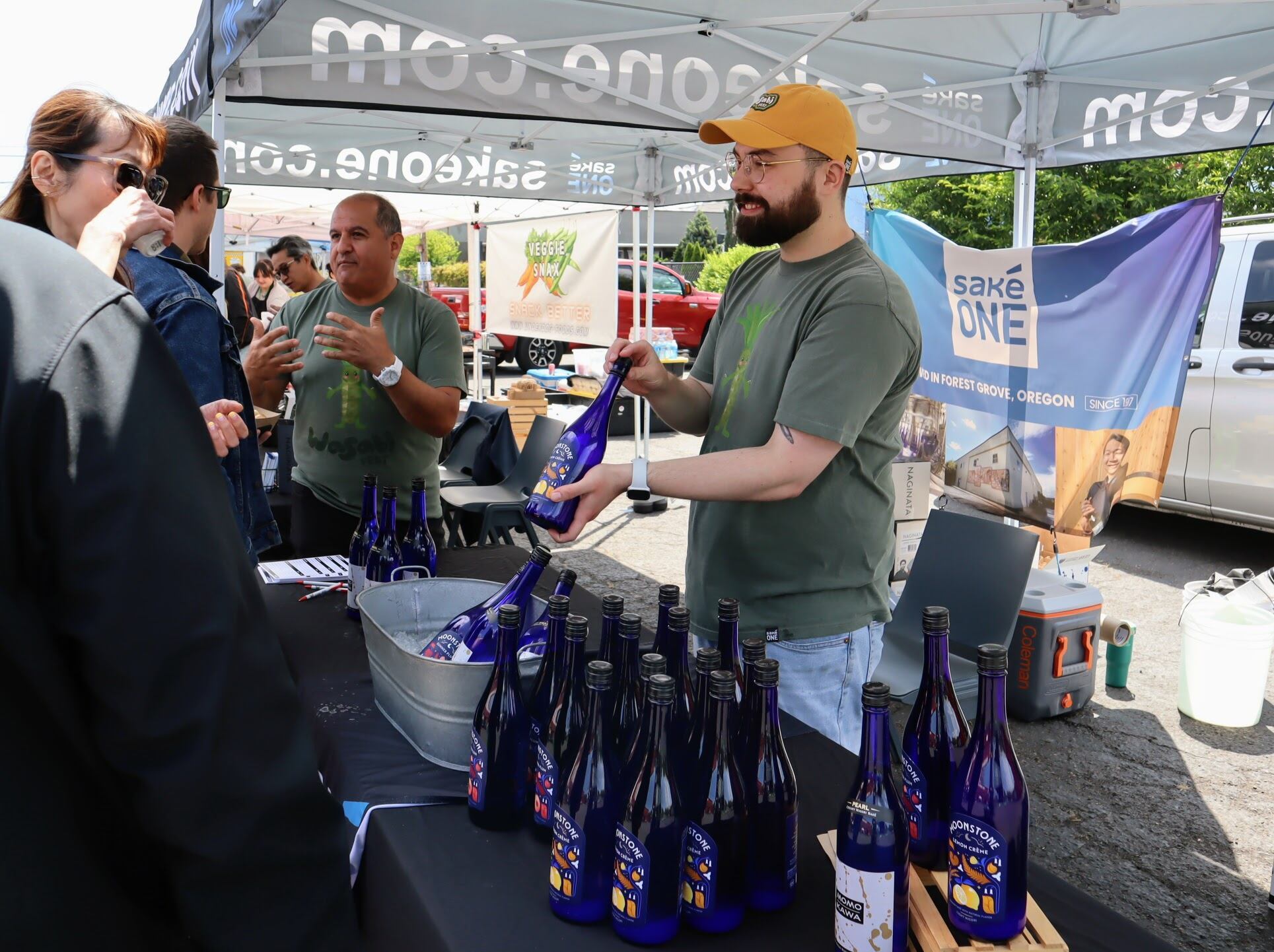
If you’ve paired fresh fish with a dab of fiery green paste at an American sushi joint, chances are you haven’t actually tasted real wasabi. What most Americans encounter is a mix of horseradish, mustard powder and green food dye — an affordable imitation of the fresh, pungent wasabi root that’s notoriously difficult to grow.
Though some people don’t mind the horseradish wasabi, “having the real stuff is nice,” said Jeff Rice, who attended a first-ever WasabiFest in Southeast Portland on Saturday with his partner Trish. “It’s definitely got kind of a greener, fresher flavor.”
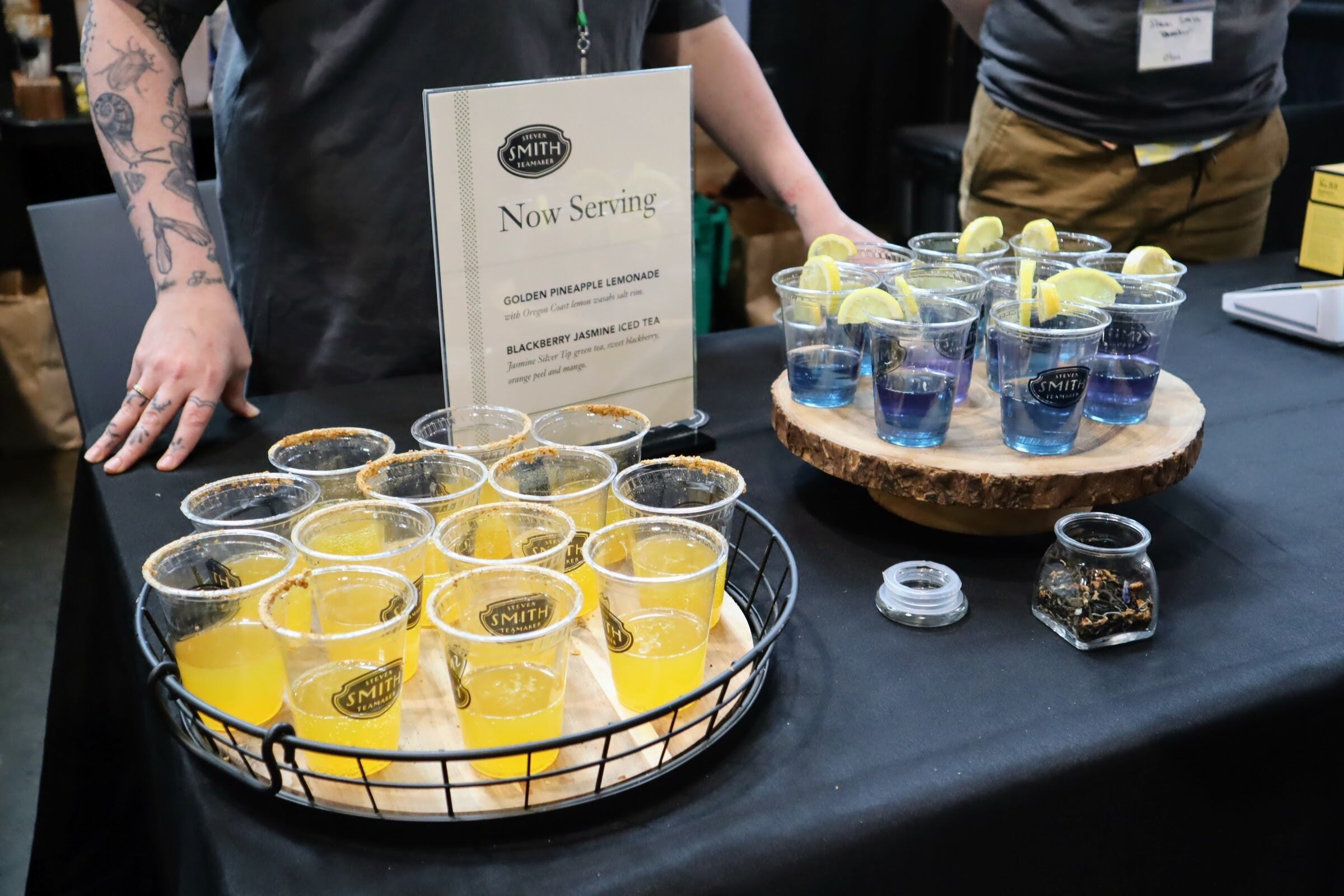
The inaugural WasabiFest , organized by Forest Grove saké brewery SakéOne , showcased the versatility of wasabi outside of the Japanese food paradigm. Serving up wasabi-flavored samples, sake pairings, musical performances, cooking demonstrations and a wasabi-eating contest, the afternoon event brought a couple hundred attendees to the Redd on Salmon to celebrate the ingredient.
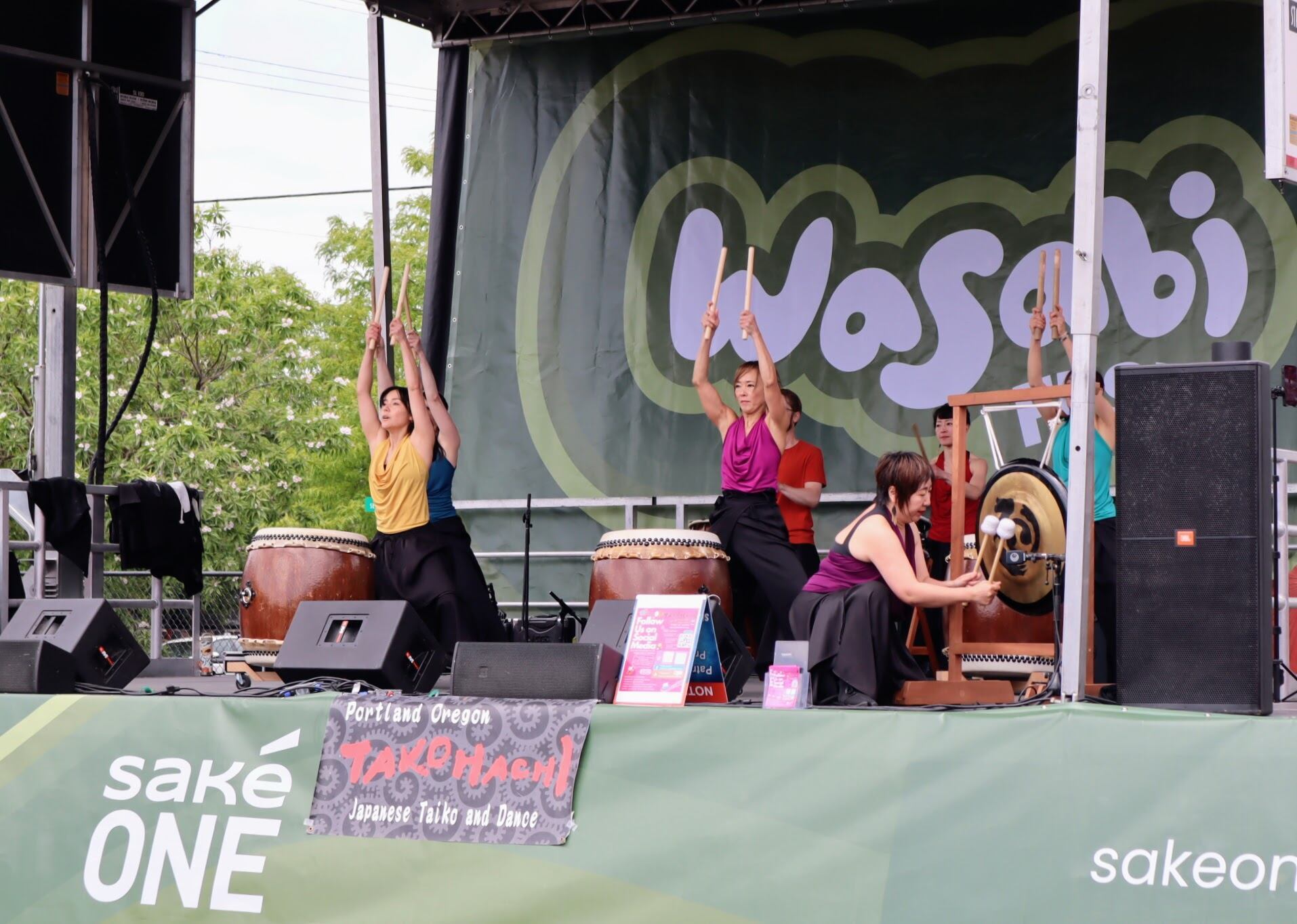
Alongside freshly grated wasabi from Oregon Coast Wasabi , Trish and Jeff Rice were treated to a celebration of the root’s surprising range at the festival — represented in wasabi-spiked lemonade, mango ice cream, deviled eggs, lumpia and seafood.
“People have had really creative ways of using it,” Trish Rice said. “It’s been in everything from pastries to ranch.”
In his search for the perfect sake pairing, Paul Englert, president of SakéOne, found inspiration in an unlikely partner and decided to dedicate an entire festival to it.
“With wasabi, we saw this kind of kindred spirit,” Englert said. “It’s something that people primarily — if not exclusively — associate with Japanese food — really sushi.”
Hoping to reach new audiences for the brewery, Englert recognized the need to expand sake’s appeal beyond traditional Japanese cuisine.
“If we celebrate wasabi and show the versatility of wasabi beyond Japanese food, at the same time, we can highlight our sake at this festival,” Englert said. “We figured wasabi is something that will get people to come and experience creative and innovative foods.”
Portland-area businesses displayed wasabi in a range of recipes. Kate’s Ice Cream, Pizza Jerk and Smith Teamaker all tried their hand at wasabi-inspired samples playing up the ingredient’s savory taste in combination with mango-wasabi ice cream, wasabi-ranch topped pizza and wasabi-rimmed tea.
“By partnering with some of these chefs and makers in Portland, it wasn’t just about shock value,” Englert said. “We’re partnering with chefs to do it right.”
According to Englert, Portland’s adventurous food scene made the perfect backdrop for the festival, drawing in many curious attendees.
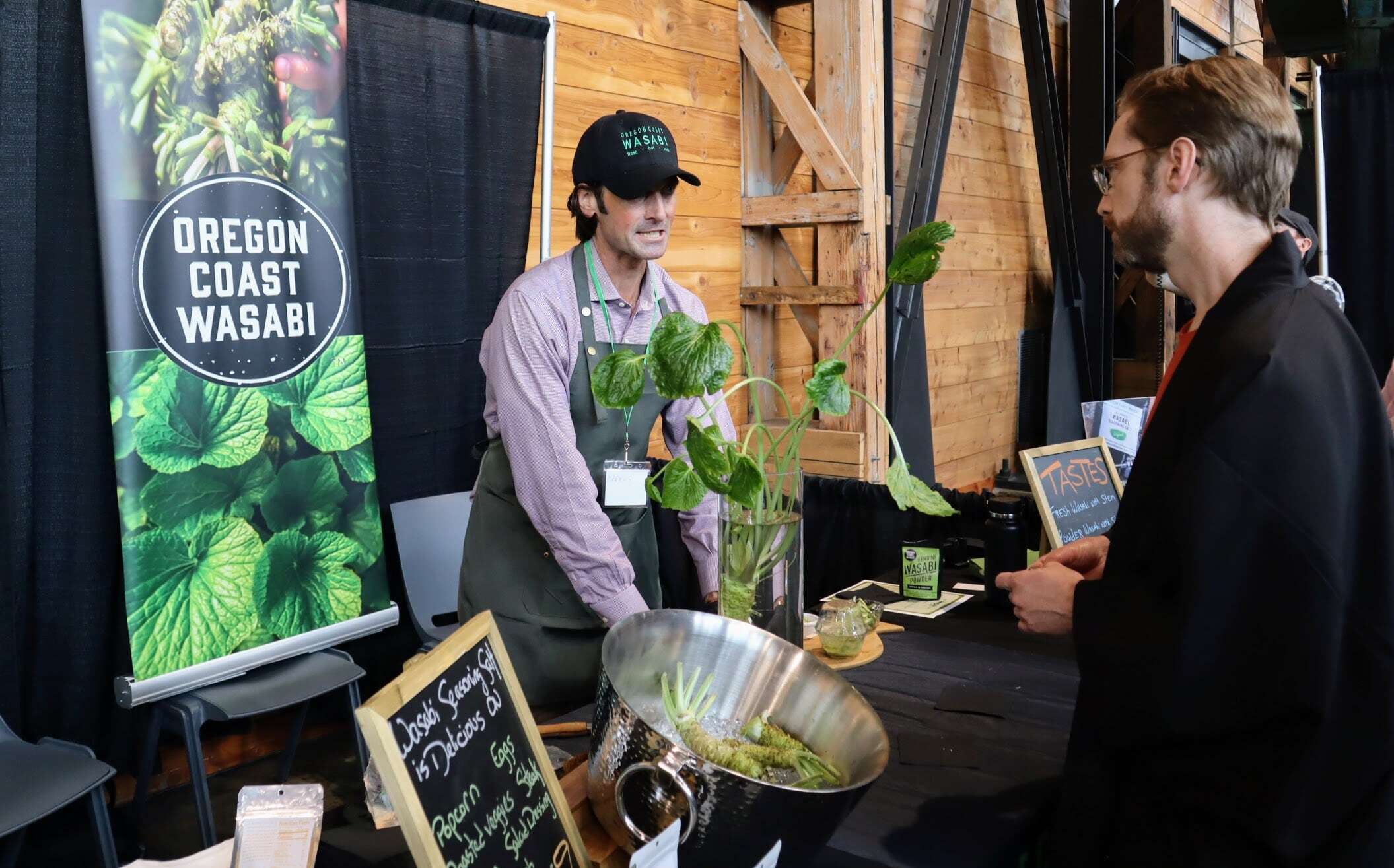
“I had some friends coming in from out of town and we were looking for something a little offbeat to do,” said Troy Redfearn, an attendee crowned the Wasabi-eating champion for the day. Contestants had to eat 20 dabs of wasabi on crackers within a minute. Redfearn was the fastest.
Redfearn, a novice in the realm of food competitions, took home the $100 Uwajimaya Asian Market gift card for his quick wasabi consumption.
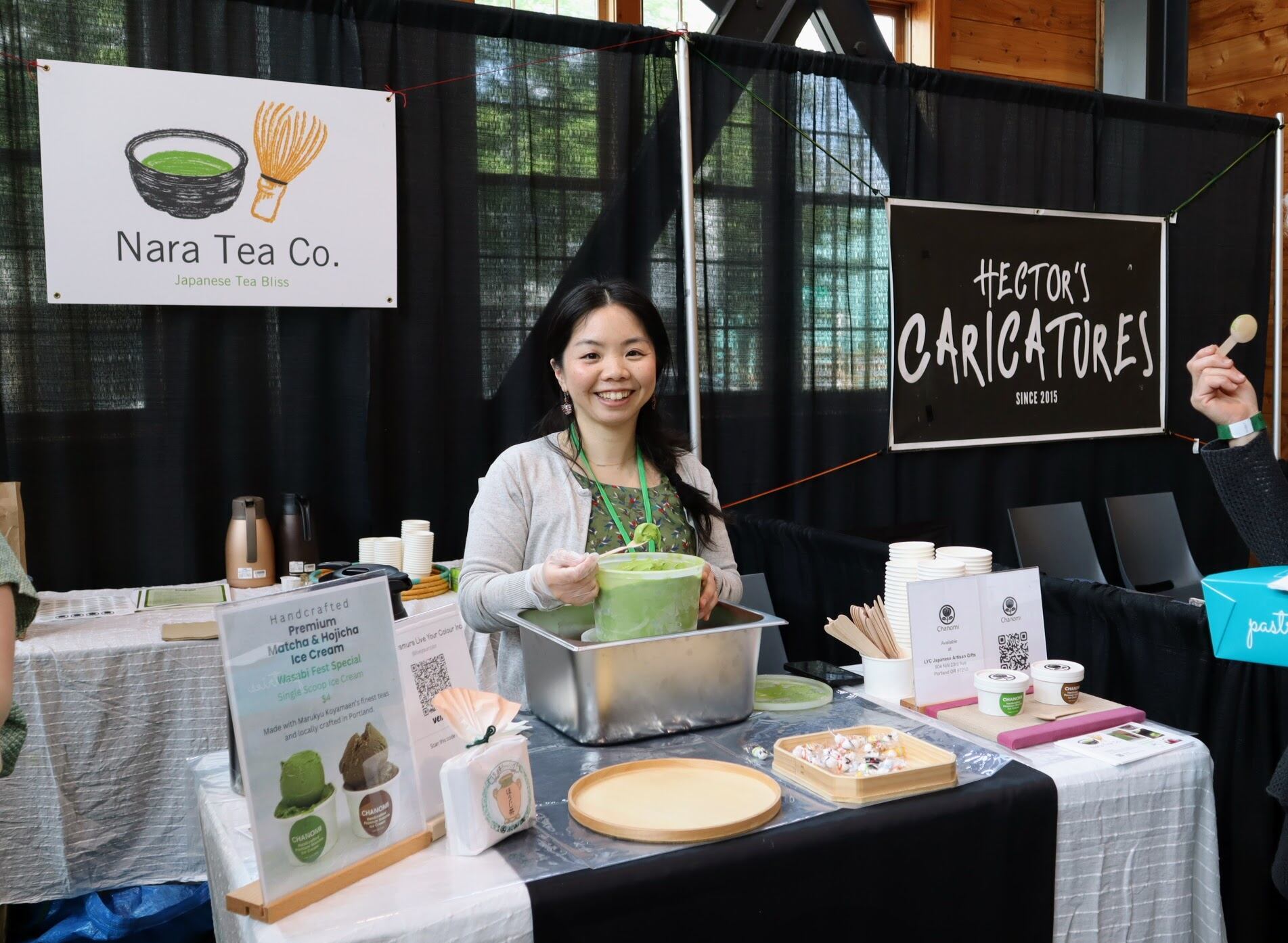
“It wasn’t too spicy,” Redfearn said. “It’s a little challenging, but also tasty once you learn to appreciate it.”
The festival included live demonstrations by Kate Koo, chef and owner of Zilla Sake, a sushi and sake bar on Northeast Alberta Street.
“There are tons of ways to use wasabi, even outside of seafood, outside of Japanese food,” Koo said during a salad dressing demonstration. “That’s one of the things that WasabiFest was really built on — this idea that we wanted to be able to share different ways to enjoy wasabi that was not just along with sushi.”
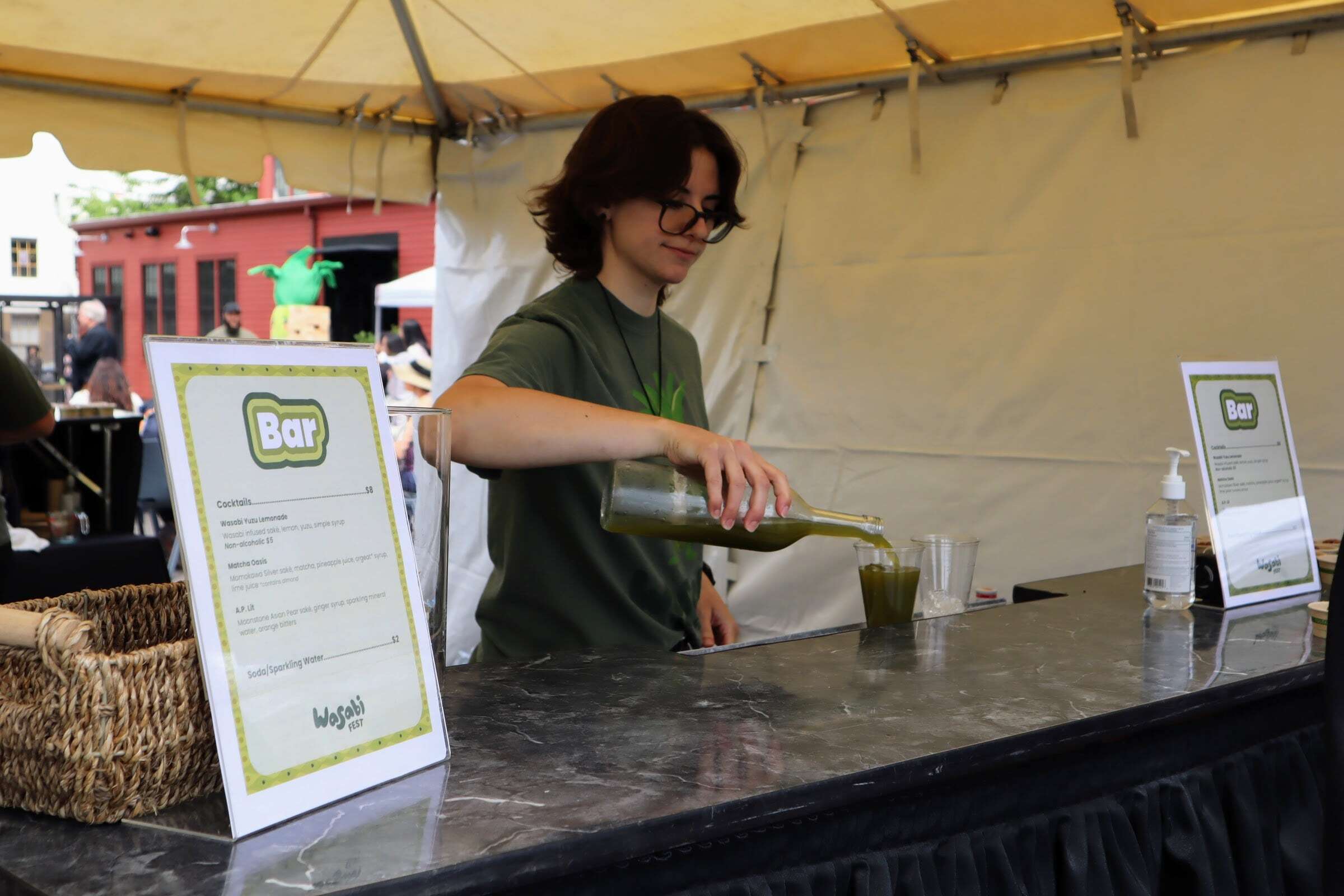
During demonstrations and throughout the festival booths, many attendees were given a taste of fresh wasabi grown by Oregon Coast Wasabi in Tillamook County, which markets itself as the largest wasabi farm in the U.S.
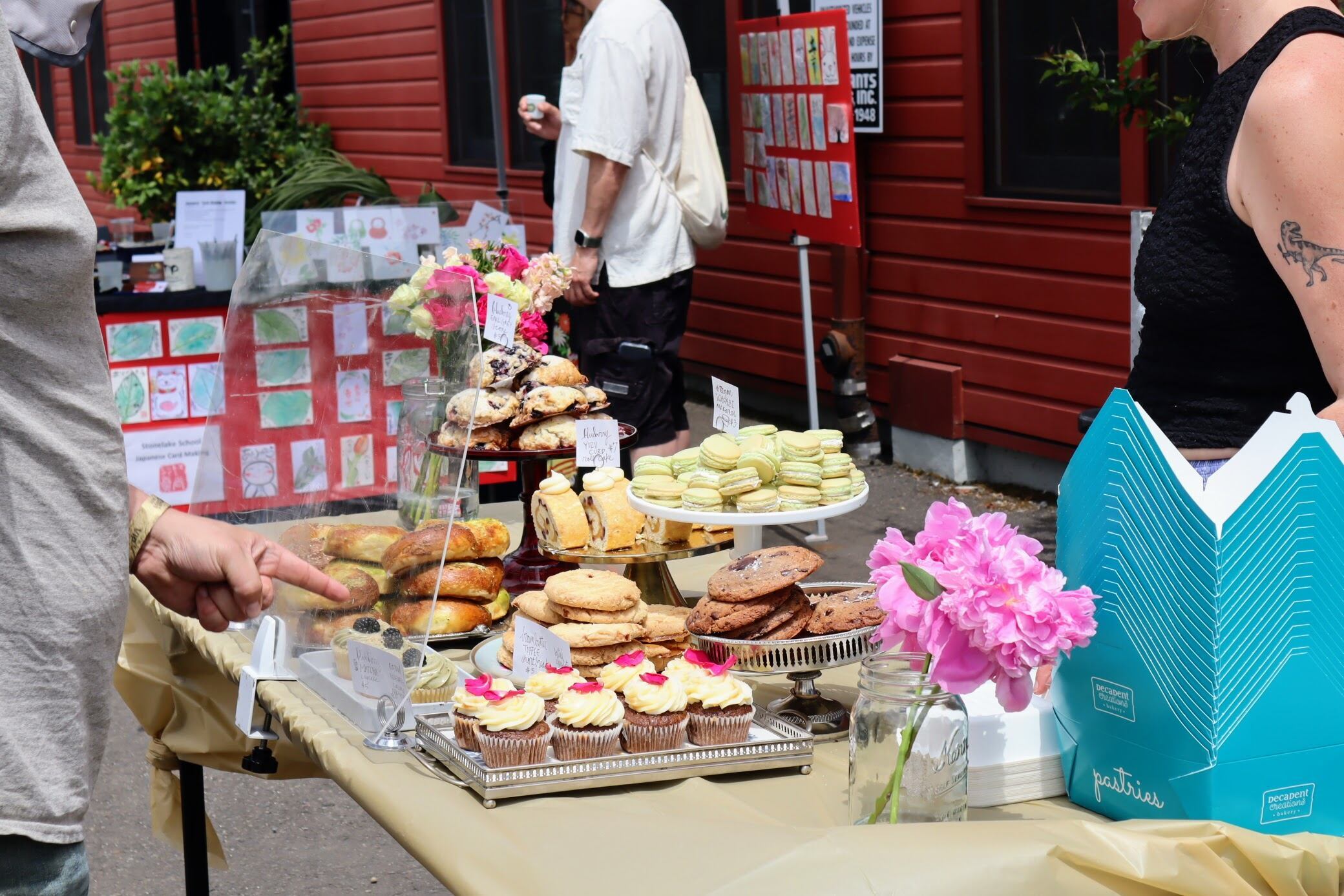
Although many assume wasabi is only grown in Japan, there are a few places outside the country where it thrives, Englert said. The Oregon Coast is one of them, thanks to its cold, wet and cloudy climate and its plentiful supply of clean water.
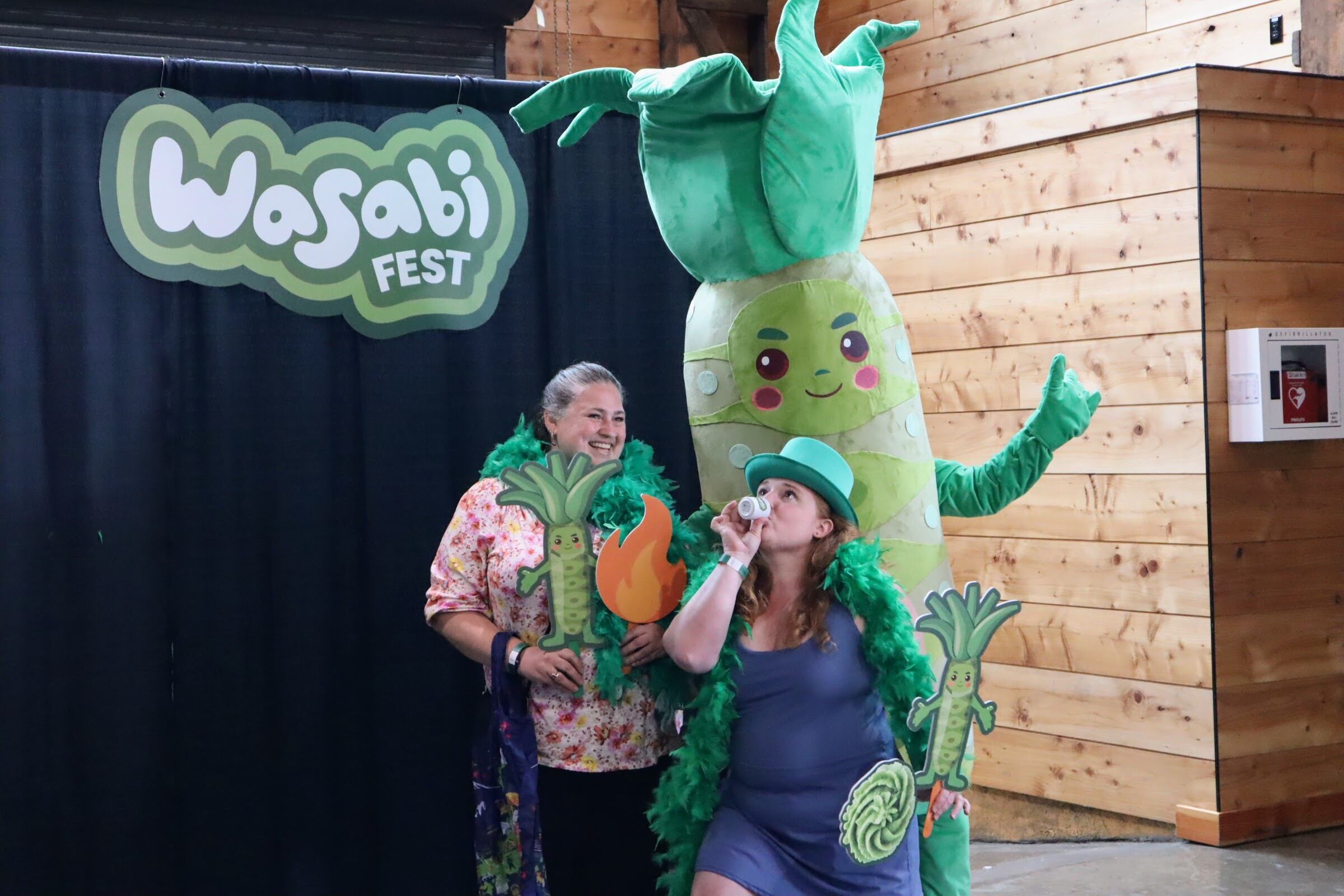
“I realized I don’t know very much about sake even though I’ve tried it a few times,” said Emily Dascomb, after she participated in the wasabi-eating contest. “I have more appreciation for wasabi, especially, learning all the processes and how it is fresh versus in a restaurant.”
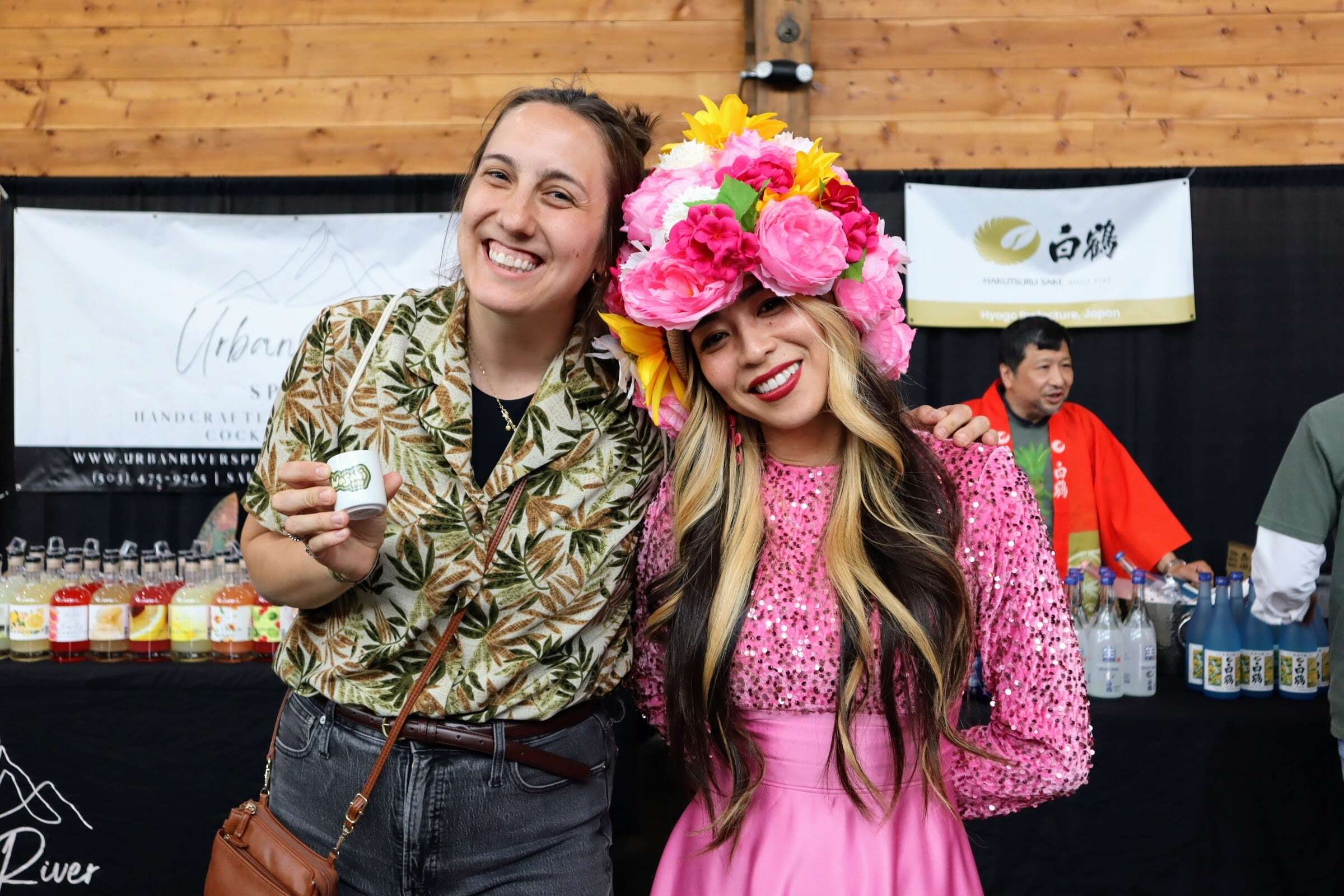
The pairings, samples and organization of the festival were enough to convince Dascomb that WasabiFest would become an annual event on her calendar.
“I’m definitely bringing all my friends next year,” Dascomb said.
Englert hopes to turn the event into an annual festival with the possibility of replicating the concept in other cities.
“If we can show that sake is so versatile, along with wasabi, of course, to me, that’s really exciting,” Englert said.
— Chiara Profenna covers religion, faith and cultural connections. Reach her at 503-221-4327; cprofenna@oregonian.com or @chiaraprofenna .
The Oregonian/OregonLive receives support from the M.J. Murdock Charitable Trust to bring readers stories on religion, faith and cultural connections in Oregon. The Oregonian/OregonLive is solely responsible for all content.
©2025 Advance Local Media LLC. Visit The News Pulse. Distributed by Tribune Content Agency, LLC.
Post a Comment for "Portland's WasabiFest: A Celebration of Japanese Root Versatility"
Post a Comment